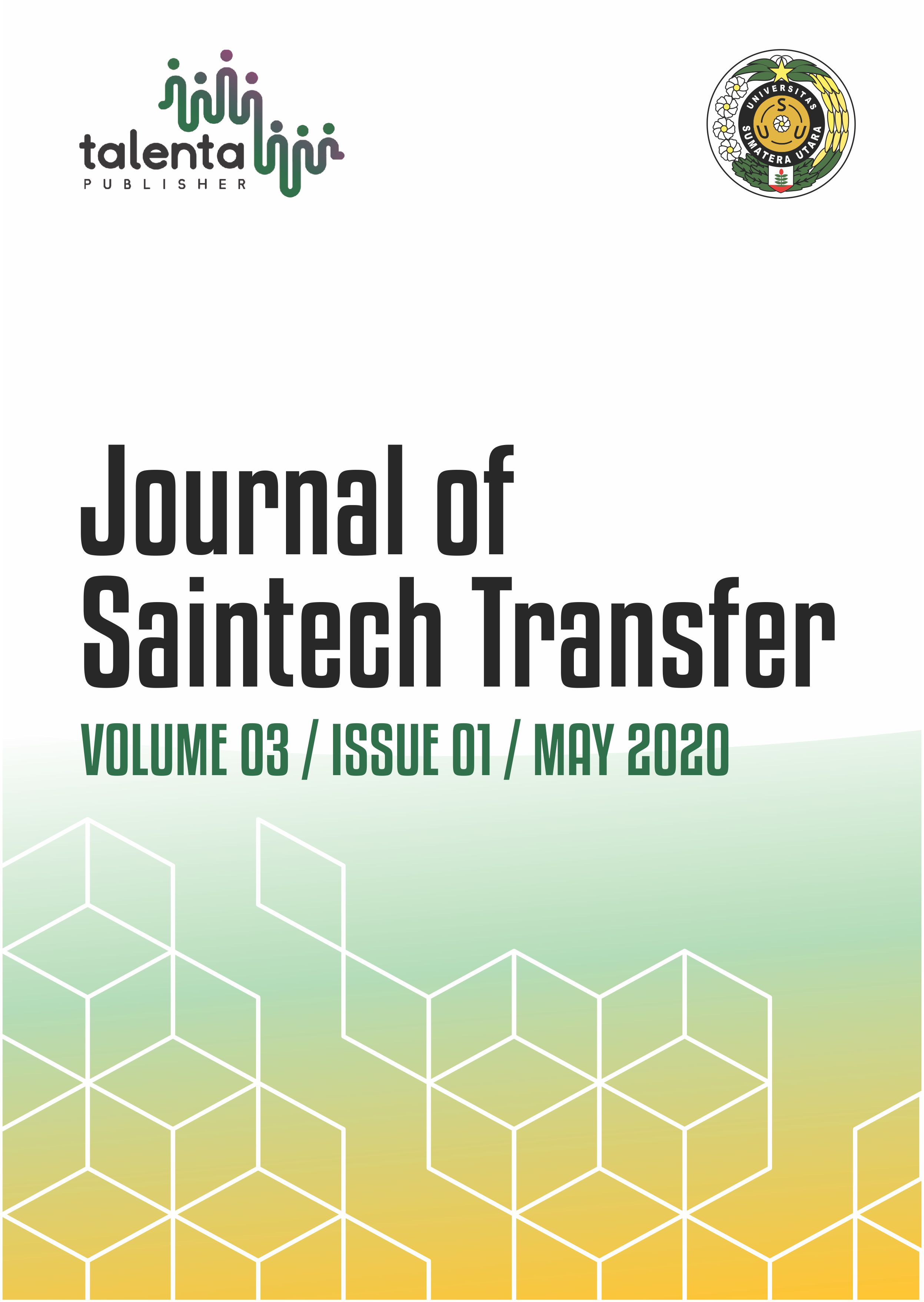Eco-print on Recycle Paper and Fabric as Main Products of Business Development Program of Intellectual Property Campus of Universitas Sumatera Utara
Eco-print on Recycle Paper and Fabric
DOI:
https://doi.org/10.32734/jst.v3i1.3917Keywords:
Eco-print, fabric, production management, recycle paper, seminar kit.Abstract
The purpose of this work is to provide seminar needs (seminar kit) as compliments of seminar or symposium held by university including Universitas Sumatera Utara (USU). Method of this activity included launching of our main products, namely eco-print both on paper and on fabric. In this work, eco-print products on recycle papers was used as exclusive block-note covers while eco-print products on fabric were used as tote-bag materials. There were two advantages of using these products, firstly: they were made of natural ingredients without chemical synthetic materials; and secondly the products were designed specifically; one product was not similar with the others. This activity involved two partners, namely a recycle-paper producer and a tailor who make tote-bag. Result on progress of this activity was an order for seminar kit through exhibition. During the evaluation of this project it was found that Nauli Apik USU, as a seminar kit’s producer, still depends on workers whom working manually and having individual skill. In the future, management of production should be improved.
Downloads
References
Ministry of Research, Technology and Higher Education Republic of Indonesia. 2013. Pangkalan Data Pendidikan Tinggi Kementerian Riset, Teknologi dan Pendidikan Tinggi. https://forlap.ristekdikti.go.id/perguruantinggi/homegraphpt (2013) [accessed on March 23, 2019].
Universitas Sumatera Utara, Medan, Indonesia. 2017. USU Conference Systems. https://ocs.usu.ac.id/index/index/index (2017) [accessed on March 23, 2019].
Nurcahyanti, D., Septiana, U. 2018. Handmade eco print as a strategy to preserve the originality of Ria Miranda’s design in the digital age. Mudra Journal of Art and Culture, 33(3): 395 – 400. DOI: 10.31091/mudra.v33i3.543
Rekaby, M, Salem, A.A, Nassar, S.H. 2009. Eco-friendly printing of natural fabrics using natural dyes from alkanet and rhubarb. The Journal of The Textile Institute, 100(6): 486 – 495.
Ismal, Ö.E. 2016. Patterns from nature: contact printing. Journal of the Textile Association, 81-91.
Yusuf, M., Shabbir, M., Mohammad, F. 2017. Natural colorants: historical, processing and sustainable prospects. Natural Products and Bioprospecting, 7: 123 – 145.
Gürses, A. 2019. Chapter 2. Sustainable colorants in The Impact and Prospects of Green Chemistry for Textile Technology, ul-Islam S and Butola BS (eds). The Textile Institute-Elsevier-Woodhead Publishing. doi.org/10.1016/B978-0-08-102491-1.00002-2.
Widyorini R, Khotimah K, Prayitno TA (2014) Effect of temperature and hot treatment method to the physical property and quality of finishing of mahagony wood. Journal of Forestry Science 8(2): 65-74.
Ruj, B., Pandey, V., Jash, P., Srivastava, V.K. 2015. Sorting of plastic waste for effective recycling. Int Journal of Applied Sciences and Engineering Research, 4(4): 564 – 571.
Jeong, I.S., Kang, K.Y. 2017. A study on scarf design using eco printing- focused on the researchers’s works. JKCA, 17(11).
Downloads
Published
How to Cite
Issue
Section
License
Copyright (c) 2020 Journal of Saintech Transfer

This work is licensed under a Creative Commons Attribution-ShareAlike 4.0 International License.















